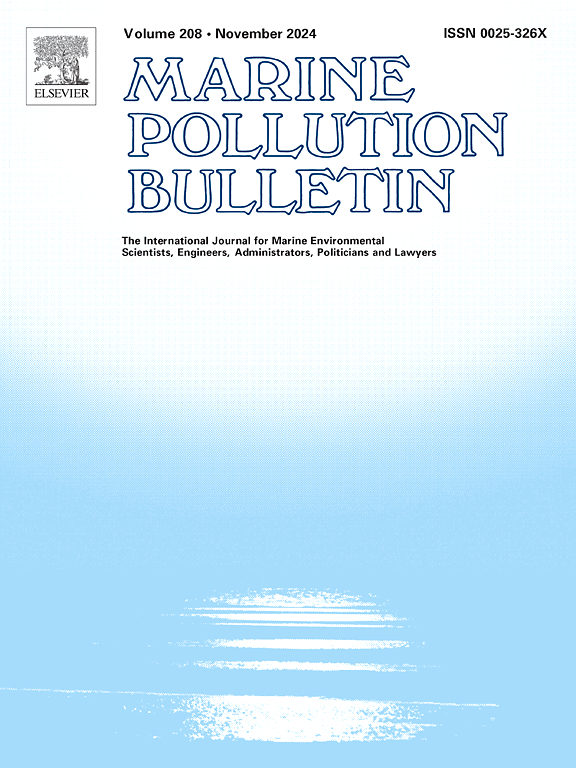用于预测沿海环境中颗粒斑块迁移的高效深度学习代用方法。
IF 5.3
3区 环境科学与生态学
Q1 ENVIRONMENTAL SCIENCES
引用次数: 0
摘要
一些沿海地区需要业务预报系统来预测海上事故中释放的污染物的迁移。针对这一需求,代用模式提供了具有成本效益的解决方案。在这里,我们提出了一种预测沿岸环境中颗粒斑块残余迁移的代用模式方法。这些斑块是被动颗粒的集合,相当于欧拉示踪剂,但也可以扩展到其他颗粒。通过只使用相关的强迫,我们训练了一个深度学习模型(DLM)来预测一个潮汐周期后颗粒斑块的位移(吸附)和扩散(弥散)。然后将这些量耦合到一个简化的拉格朗日模型中,以获得更长时间的预测结果。我们的预测方法已在荷兰瓦登海成功应用,预测速度很快。训练有素的 DLM 可在几秒钟内提供预测结果,而我们的简化拉格朗日模型则比以海流为输入的传统拉格朗日模型快一到两个数量级。本文章由计算机程序翻译,如有差异,请以英文原文为准。
Efficient deep learning surrogate method for predicting the transport of particle patches in coastal environments
Several coastal regions require operational forecast systems for predicting the transport of pollutants released during marine accidents. In response to this need, surrogate models offer cost-effective solutions. Here, we propose a surrogate modeling method for predicting the residual transport of particle patches in coastal environments. These patches are collections of passive particles equivalent to Eulerian tracers but can be extended to other particulates. By only using relevant forcing, we train a deep learning model (DLM) to predict the displacement (advection) and spread (dispersion) of particle patches after one tidal period. These quantities are then coupled into a simplified Lagrangian model to obtain predictions for larger times. Predictions with our methodology, successfully applied in the Dutch Wadden Sea, are fast. The trained DLM provides predictions in a few seconds, and our simplified Lagrangian model is one to two orders of magnitude faster than a traditional Lagrangian model fed with currents.
求助全文
通过发布文献求助,成功后即可免费获取论文全文。
去求助
来源期刊

Marine pollution bulletin
环境科学-海洋与淡水生物学
CiteScore
10.20
自引率
15.50%
发文量
1077
审稿时长
68 days
期刊介绍:
Marine Pollution Bulletin is concerned with the rational use of maritime and marine resources in estuaries, the seas and oceans, as well as with documenting marine pollution and introducing new forms of measurement and analysis. A wide range of topics are discussed as news, comment, reviews and research reports, not only on effluent disposal and pollution control, but also on the management, economic aspects and protection of the marine environment in general.
 求助内容:
求助内容: 应助结果提醒方式:
应助结果提醒方式:


